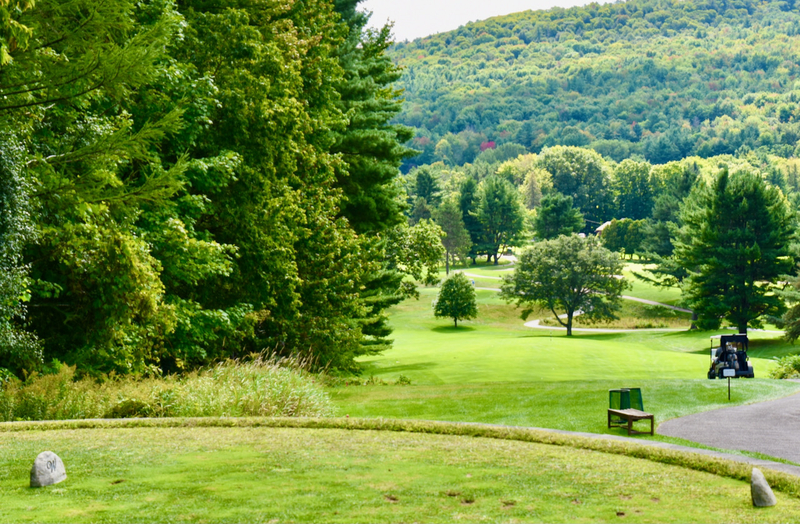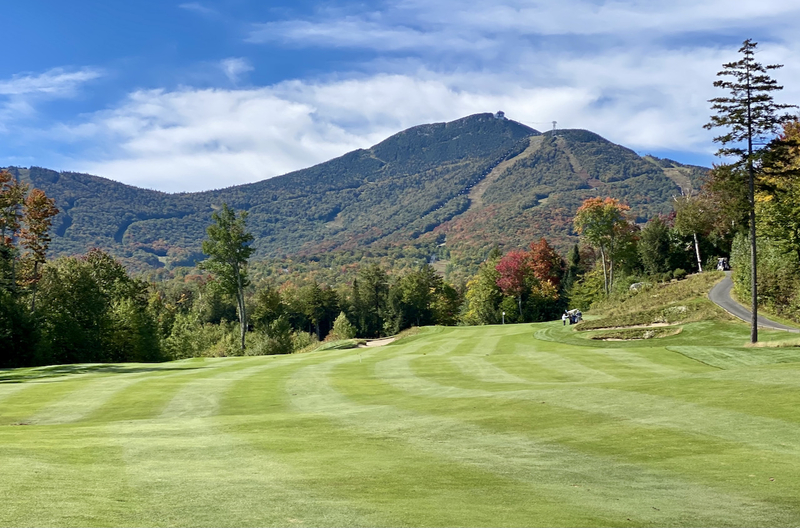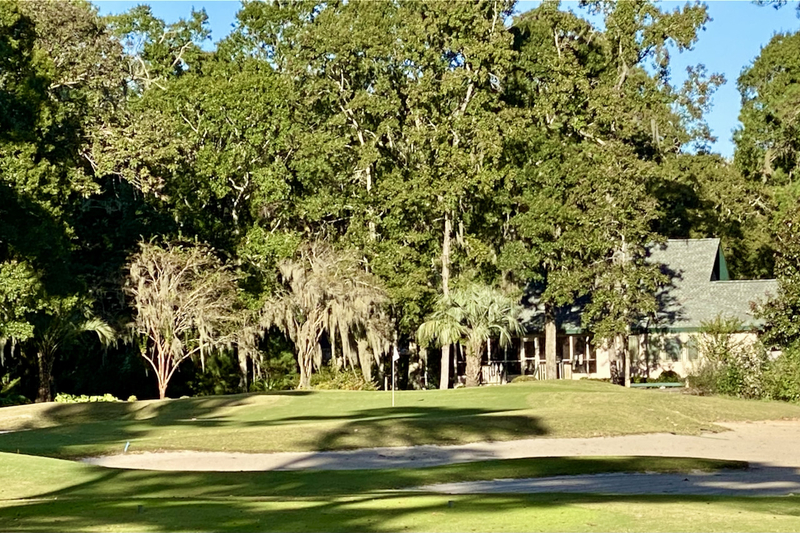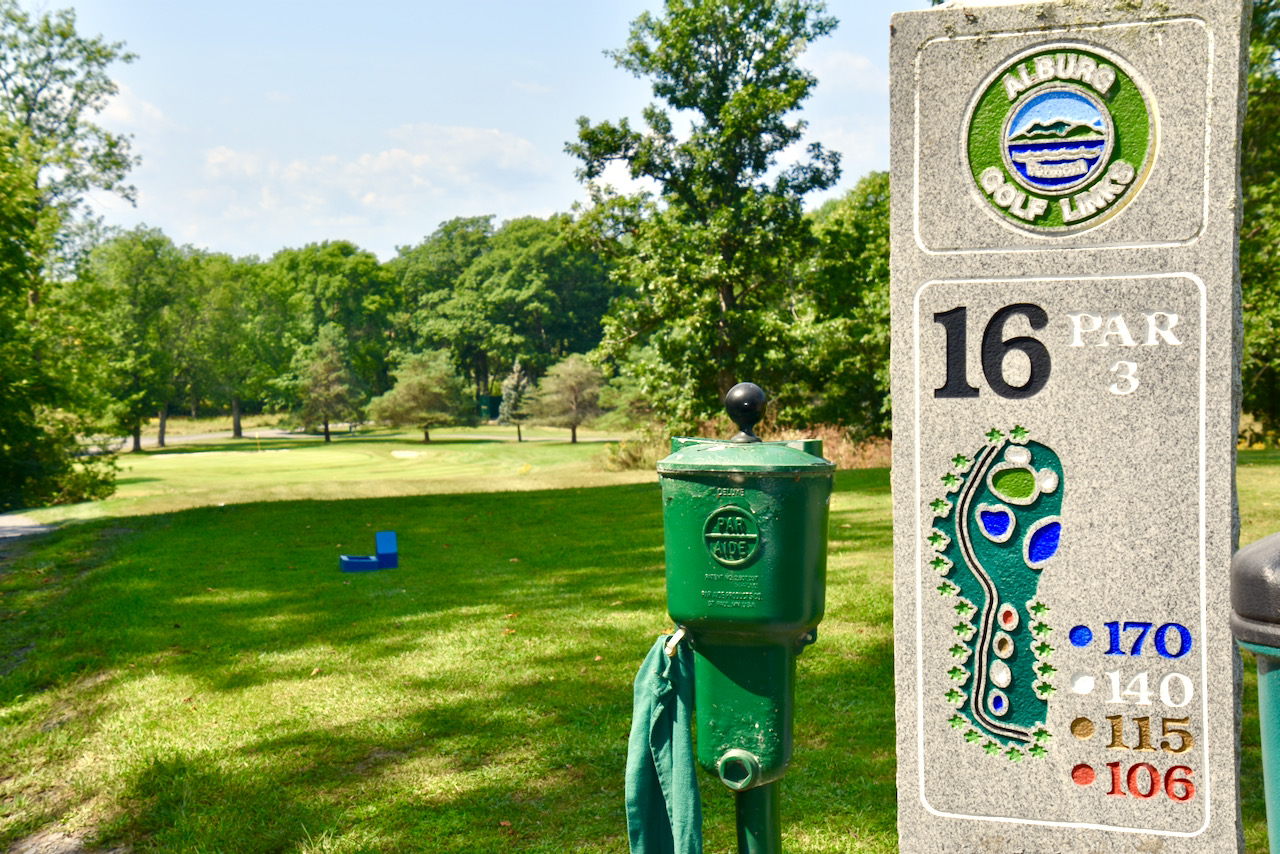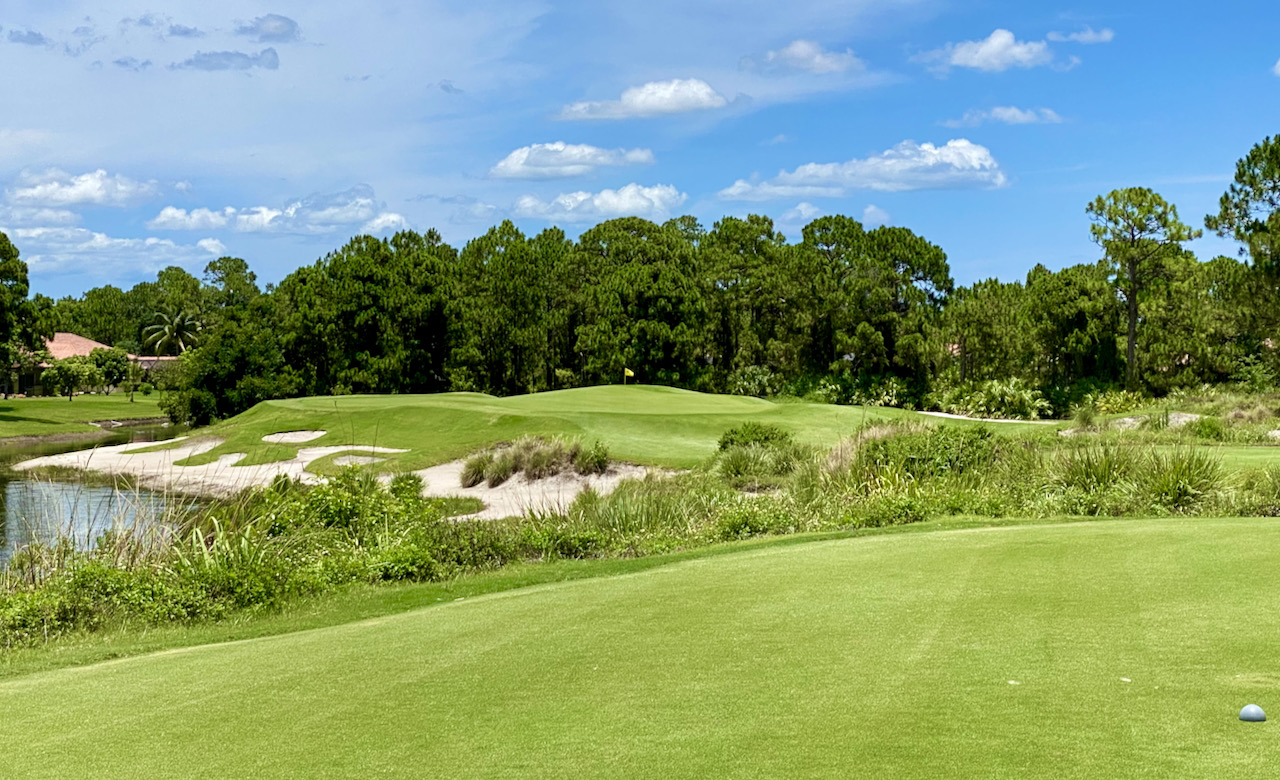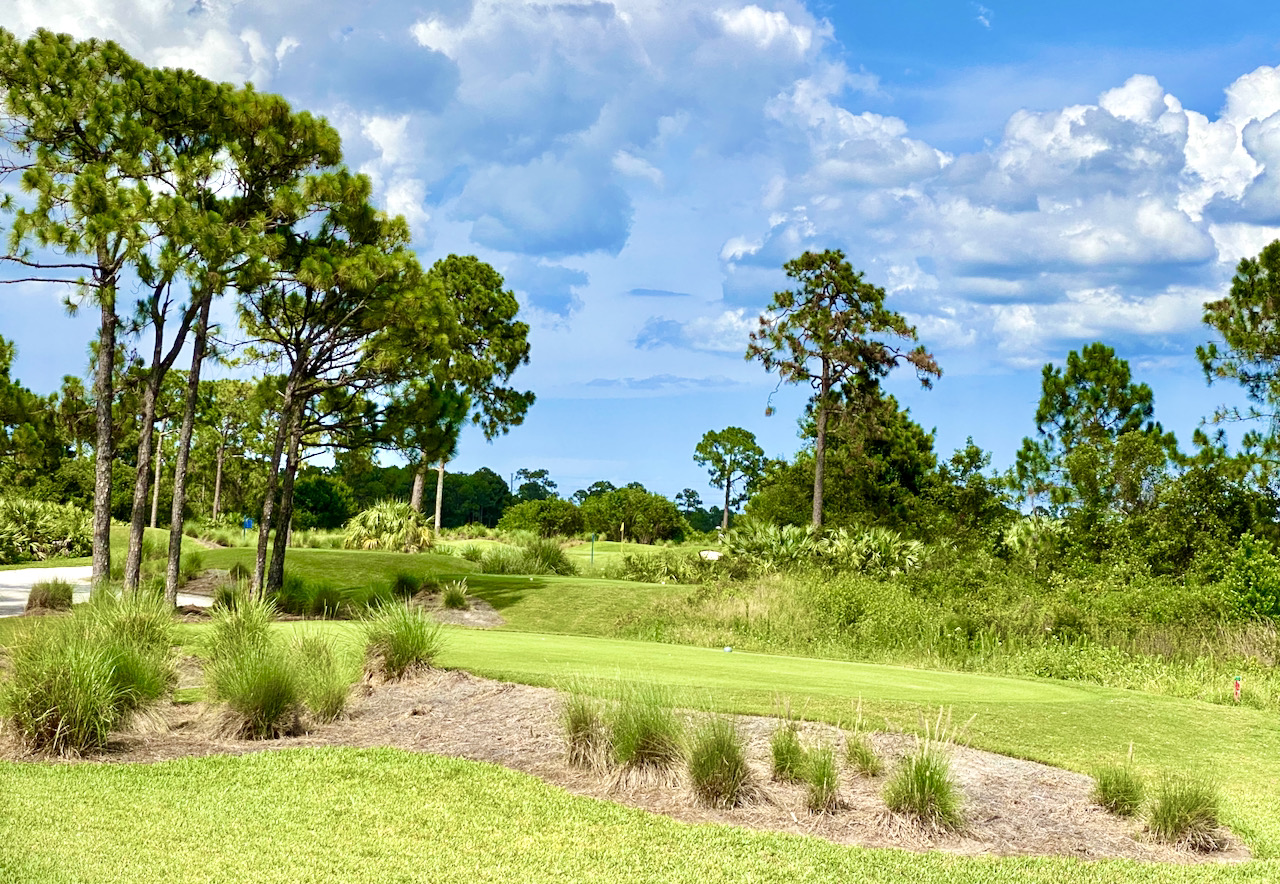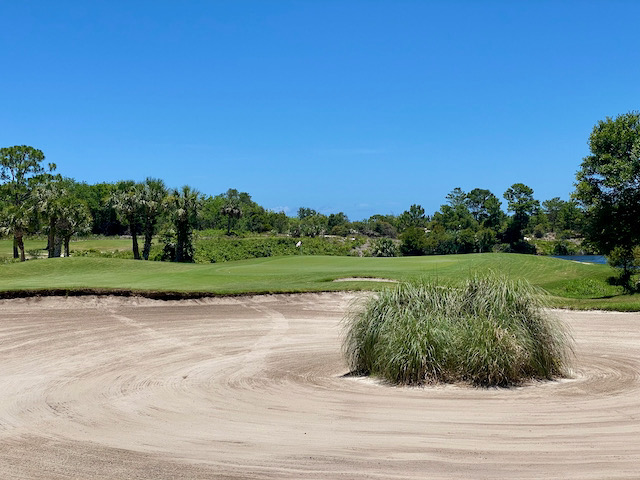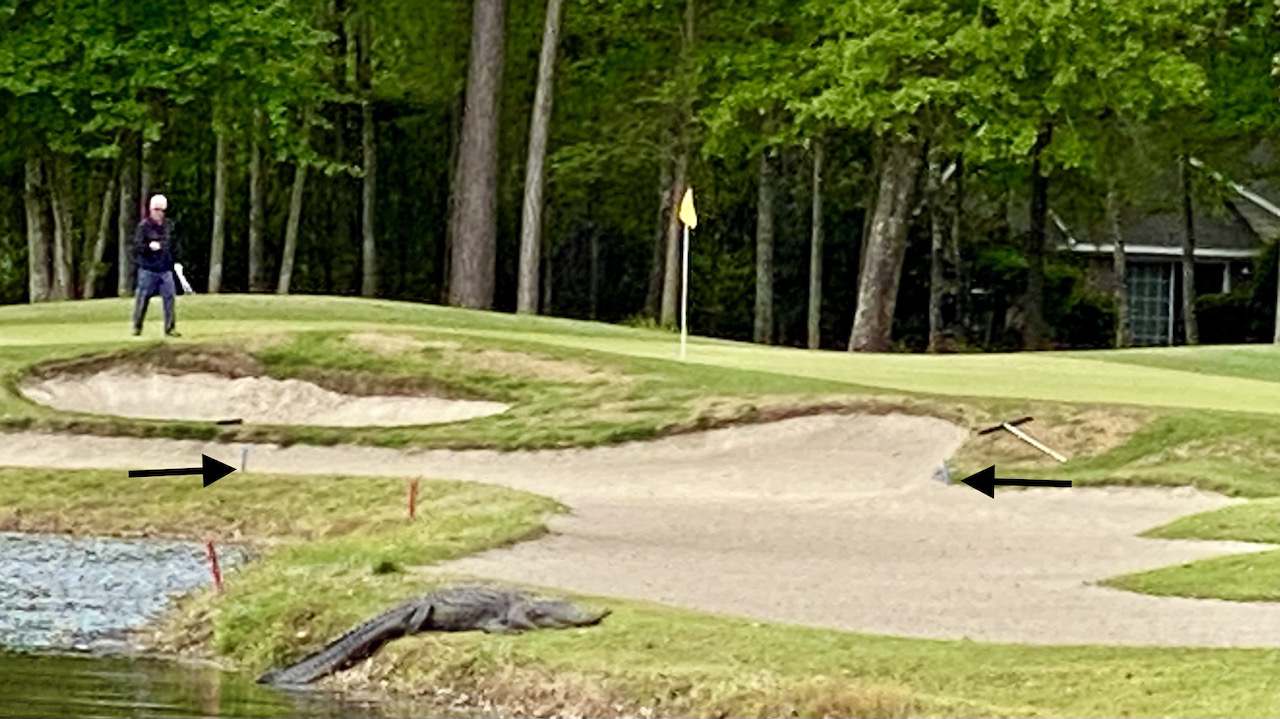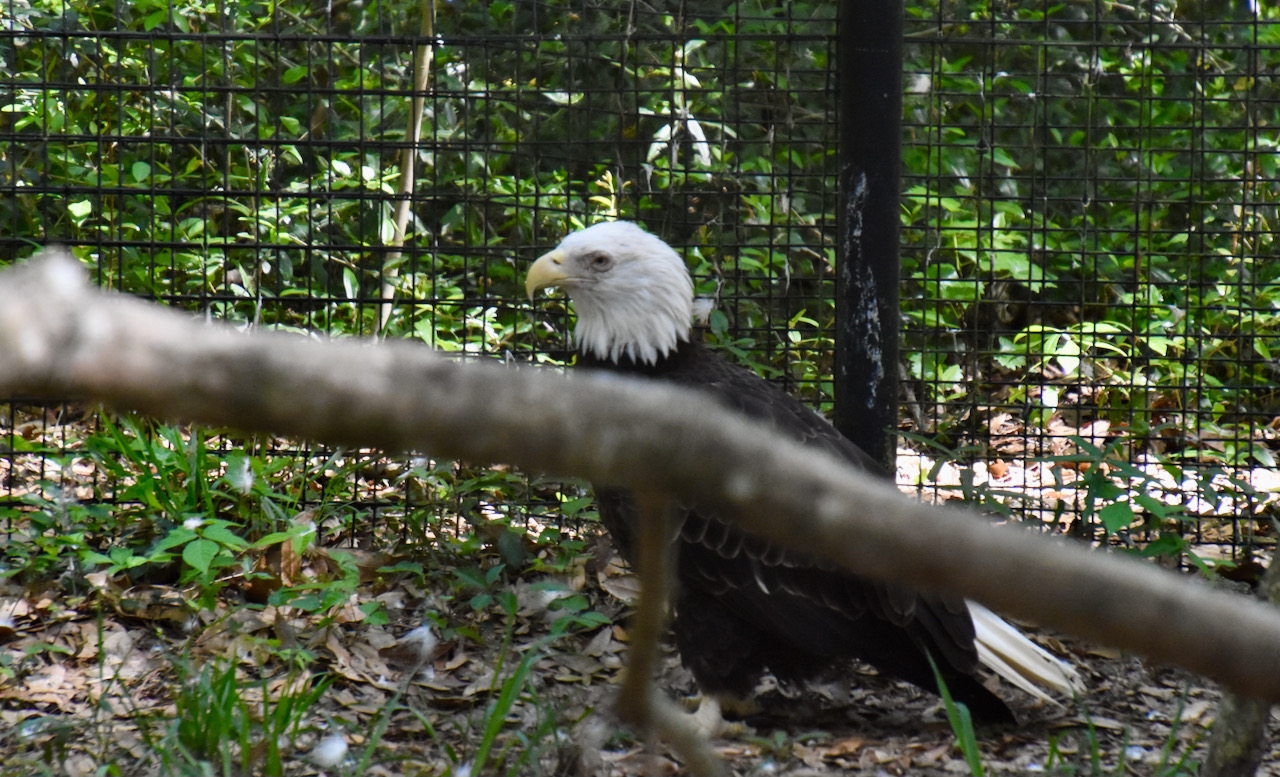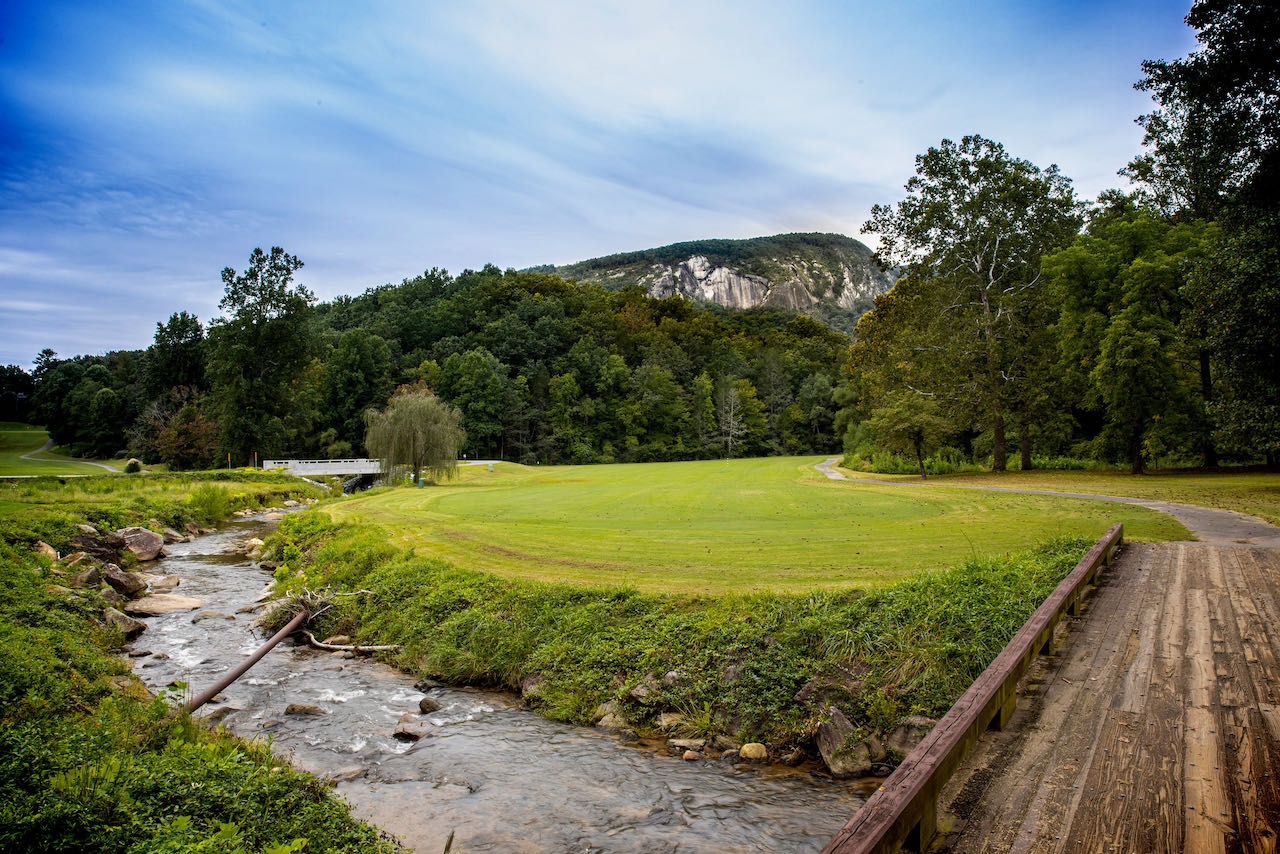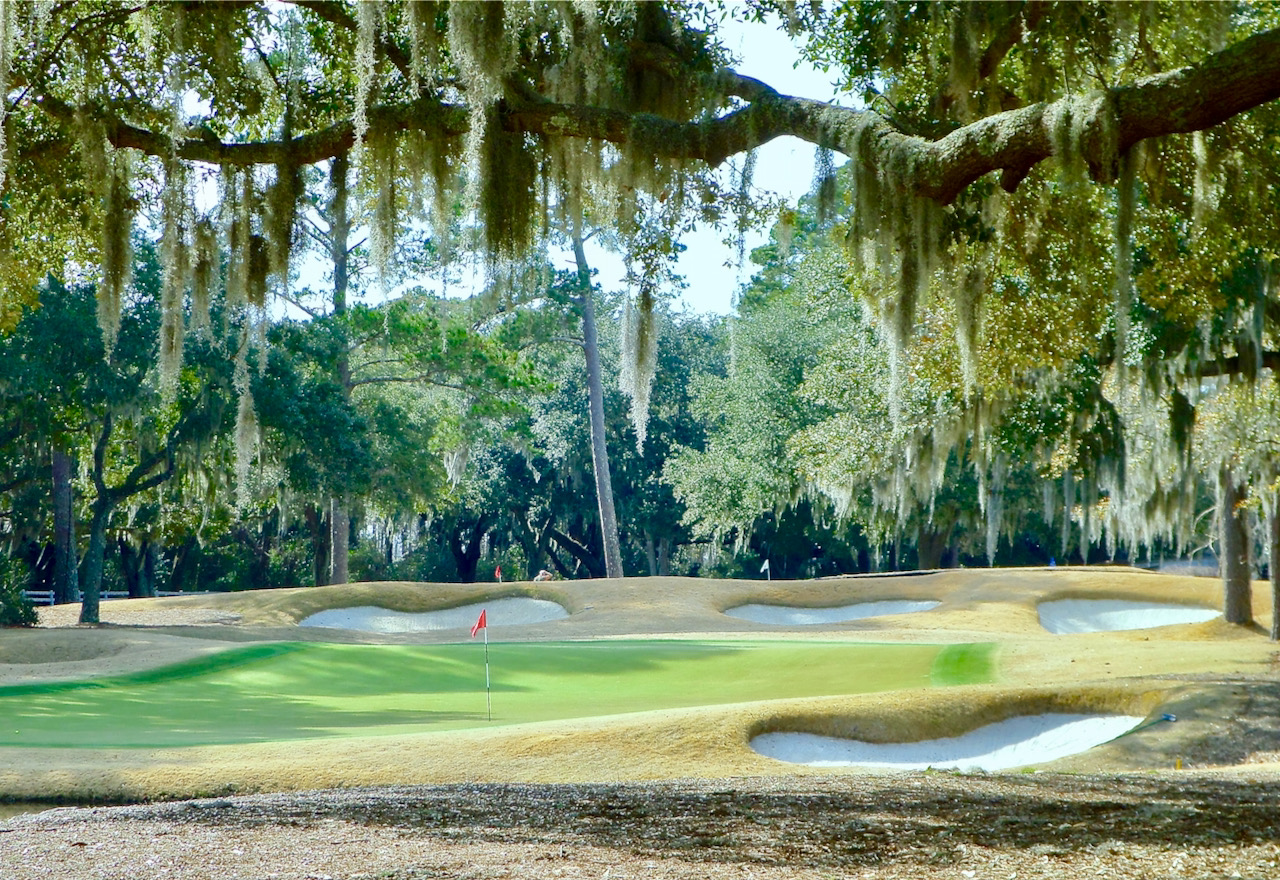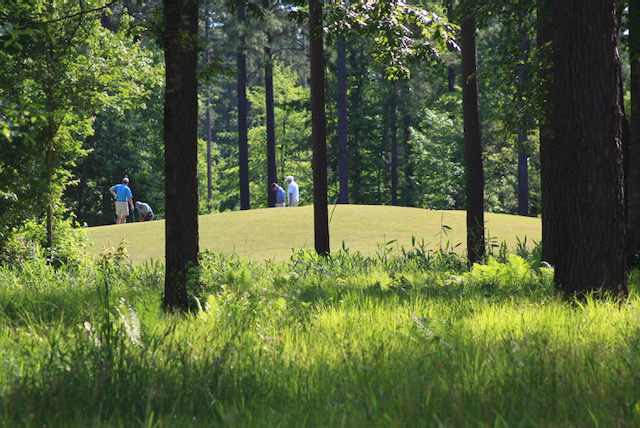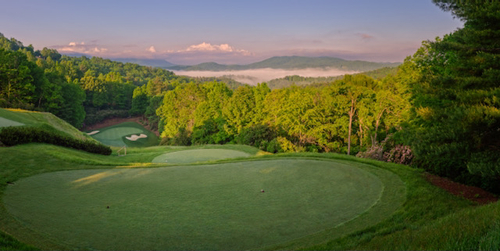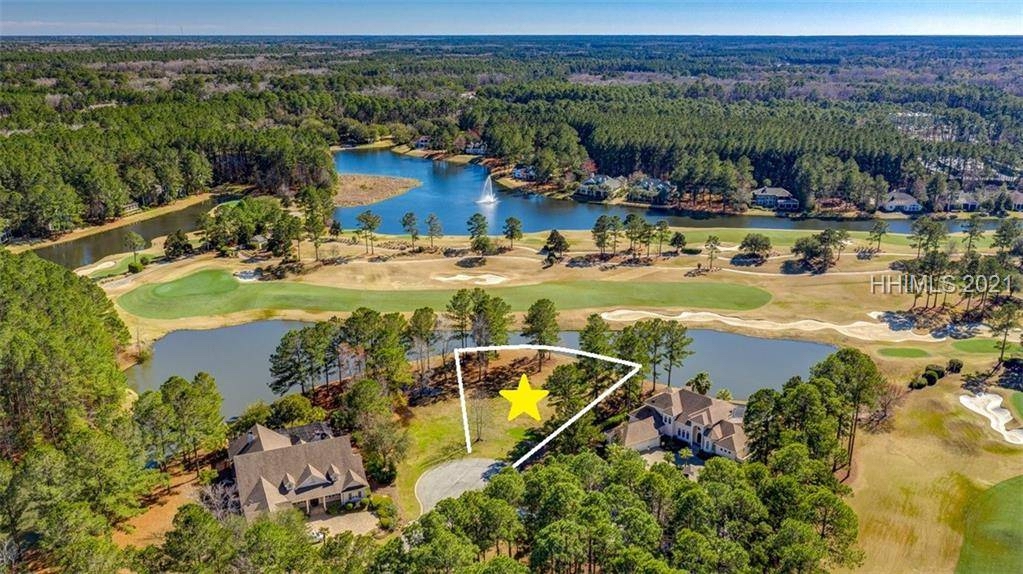The best way for an Internet-based service like ours to convince potential customers to become real customers is with testimonials from satisfied customers. We received a wonderful, unsolicited note last week from a customer who wrote us from her new home at The Landings, near Savannah, GA. She and her husband participated in our first couples “discovery” weekend 1½ years ago, enjoyed the golf, the food in the clubhouse and the general ambience of The Landings. With our assistance, they bought a beautiful golf home there last August and will take up residence full time once their home in upstate New York is sold.
“We feel that finding you, filling out your questionnaire, and talking with you was the best thing we did!!” she wrote. “Your knowledge and guidance was what we needed!”
We also helped an oil company executive and his wife last year purchase a lot at Bluffton, SC’s Berkeley Hall, home to two outstanding Tom Fazio golf courses.
“Thanks for lining us up with Tom [our Realtor in Bluffton] and his
Of course, the greatest compliment of all is to be referred by a satisfied customer to a friend or relative. “My brother Steve is interested in possibly purchasing a golf property in SW Florida,” wrote a customer we helped purchase a beautiful lot perched above the Jack Nicklaus golf course at Governors Club in Chapel Hill, NC. “I told him all about you and your service, and he is very interested in speaking with you. I took the liberty of giving him your office and cell phone number.”
That is a liberty we are always happy for our customers to take. If you would like an idea of which golf communities match up the best with your requirements, please fill out our online Golf Home Survey. There is no fee for our services and no obligation to purchase a property. And we will never share your personal information without your express permission. Click here for our questionnaire.
This is a great time to be looking for a golf home, as prices in many golf communities have hit bottom and are starting to rise. We look forward to assisting you.
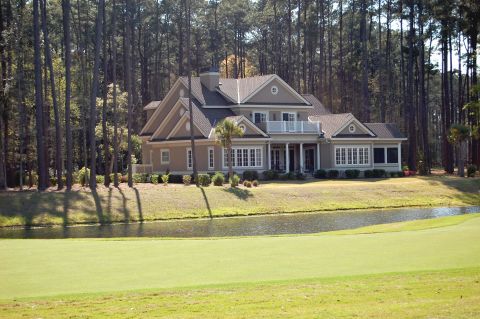
Last year, one of our customers purchased a lot like this one, with a view of one of the Tom Fazio golf courses as well as a lake at Berkeley Hall in Bluffton, SC. He and his wife are building their own dream home now.







